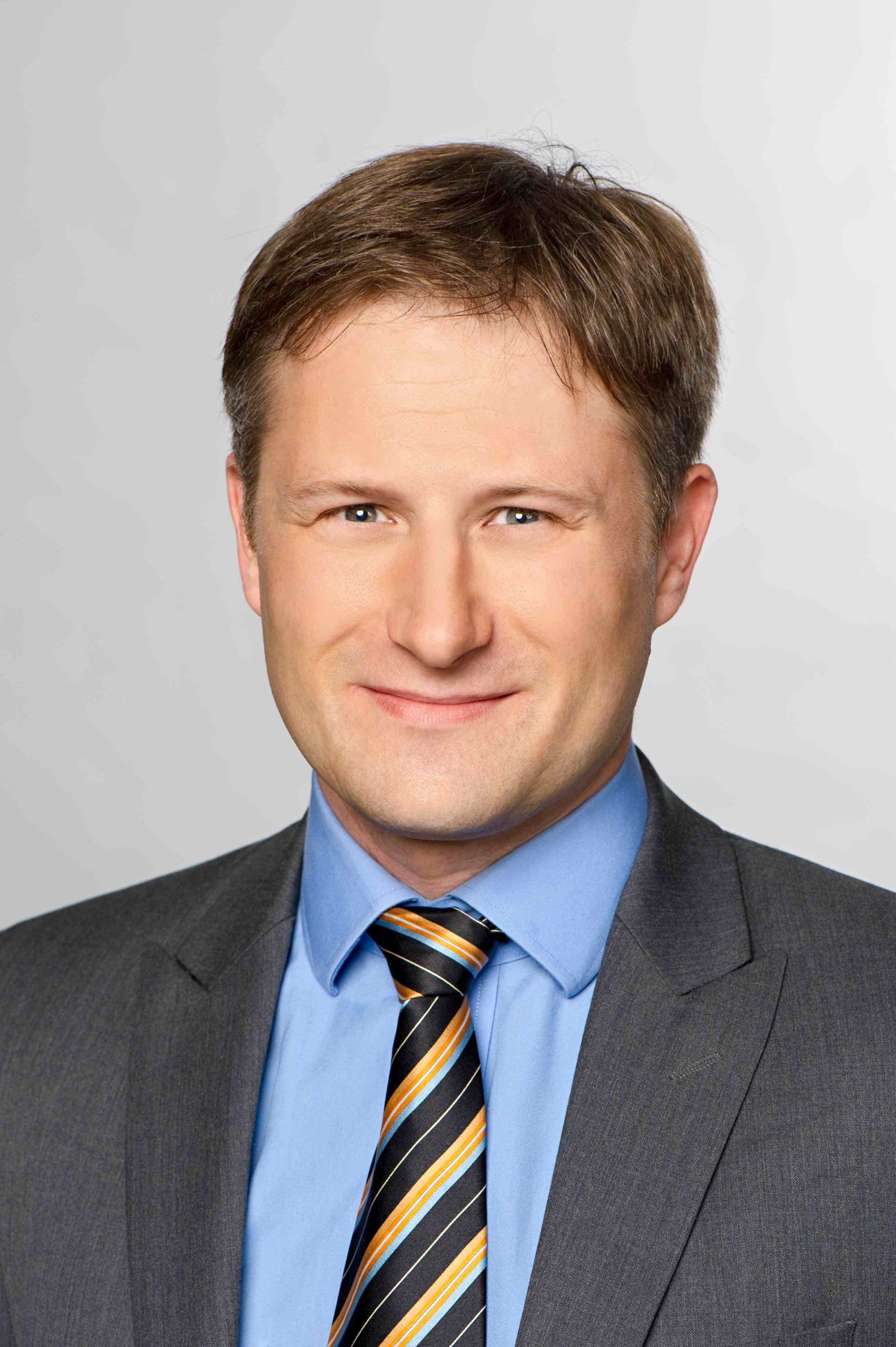BIOGRAPHY
Prof. Hagn’s (b. 1977) is interested in exploring the structural basis of membrane protein functionality by nuclear magnetic resonance (NMR) spectroscopy and other structural, biophysical and biochemical methods. This protein class is essential for signal transduction and the transfer of proteins and small molecules across the biological membrane barrier and consequently accounts for ~60% of all targets of currently marketed drug. Prof. Hagn studied biochemistry at Bayreuth and Stockholm and received his doctorate from TUM for a thesis on structural and functional studies of molecular chaperones, tumorsuppressor and spider silk proteins. After a short postdoctoral stay at TUM, he went to Harvard Medical School in 2010. In 2014, he accepted a Rudolf Mößbauer assistant professorship at the TUM Institute for Advanced Study and a group leader position in structural biology at Helmholtz Munich. Since 2020, he is Associate Professor at the Department of Chemistry at TUM and a research group leader at Helmholtz Munich.
KEY PUBLICATIONS
- Sperl LE, Rührnößl F, Schiller A, Haslbeck M and Hagn F, High-resolution analysis of the conformational transition of pro-apoptotic Bak at the lipid membrane, EMBO J(2021), e107159
- Steiner A, Schlepckow K, Brunner B, Steiner H, Haass C and Hagn F, g-secretase cleavage of the Alzheimer risk factor TREM2 is determined by its intrinsic structural dynamics, EMBO J, 39 (2020), e104247
- Goricanec D, Stehle R, Egloff P, Grigoriu S, Plückthun A, Wagner G and Hagn F, Conformational dynamics of a G-protein alpha subunit is tightly regulated by nucleotide binding, Proc Natl Acad Sci USA, 113 (2016), E3629–E3638
- Hagn F, Etzkorn M, Raschle T, and Wagner G, Optimized Phospholipid Bilayer Nanodiscs For High-Resolution Structure Determination of Membrane Proteins. J Am Chem Soc, 135 (2013) 1919-1925
- Hagn F, Eisoldt L, Hardy JG, Vendrely C, Coles M, Scheibel T, and Kessler H, A conserved spider silk domain acts as molecular switch that controls fibre assembly, Nature 465 (2010), 239-242
AWARDS
- Felix-Bloch Lecture (2019)
- Helmholtz Young Investigators‘ Group (2015)
- Arnold Sommerfeld Award of the Bavarian Academy of Sciences (2012)
- Friedrich-Weygand Award (2011)
- Hans-Fischer Award of the Hans-Fischer Society (2011)
- Human Frontier Science Program Long-Term Fellowship (2011)

